Animal Electrocardiographs: A Guide to Veterinary Practice
 Apr 18,2025
Apr 18,2025

 Uryn
Uryn
The electrocardiograph has become an indispensable tool in modern veterinary medicine, providing critical information for understanding the heart health of different species. These specialized devices allow veterinarians to detect and monitor heart conditions that might otherwise go unnoticed until serious symptoms develop.
The core functionality of an animal electrocardiograph is similar to that of human models, but with important modifications for veterinary use. The system detects the heart's electrical activity through strategically placed electrodes, amplifies these weak signals, and converts them into readable waveforms. Modern devices often employ species-specific algorithms to account for physiological differences between dogs, cats, horses, and other animals.
Practical Clinical Applications
The electrocardiograph exam begins with proper animal preparation. Veterinary technicians typically position the animal in the right lateral recumbent position, but other positions may be used depending on the circumstances. After preparing the skin and applying conductive gel, the electrodes are secured in standard limb lead positions. Some cases may require additional chest leads for more detailed evaluation.
The recording typically lasts 2-5 minutes, and the instrument captures characteristic waveforms of heart activity. Veterinarians analyze these patterns, paying particular attention to rhythm regularity, heart rate, and waveform morphology. The P-QRS-T complex provides valuable information about atrial and ventricular function, while the interwave interval helps identify conduction abnormalities.
Clinical Relevance
These diagnostic tools are particularly useful in several situations:
- Preanesthetic evaluation of surgical candidates
- Diagnosis of arrhythmias and conduction disturbances
- Monitoring of patients with known heart disease
- Emergency evaluation of collapse cases
- Screening of breeding stock for inherited disorders
Emerging Innovations
Recent technological advances have resulted in portable ECG devices that can transmit data directly to specialists for remote consultation. Some clinics now use Holter monitors, which record continuous ECG data for 24-48 hours, greatly improving the detection rate of intermittent arrhythmias. Artificial intelligence applications are also beginning to assist with pattern recognition and initial interpretation.
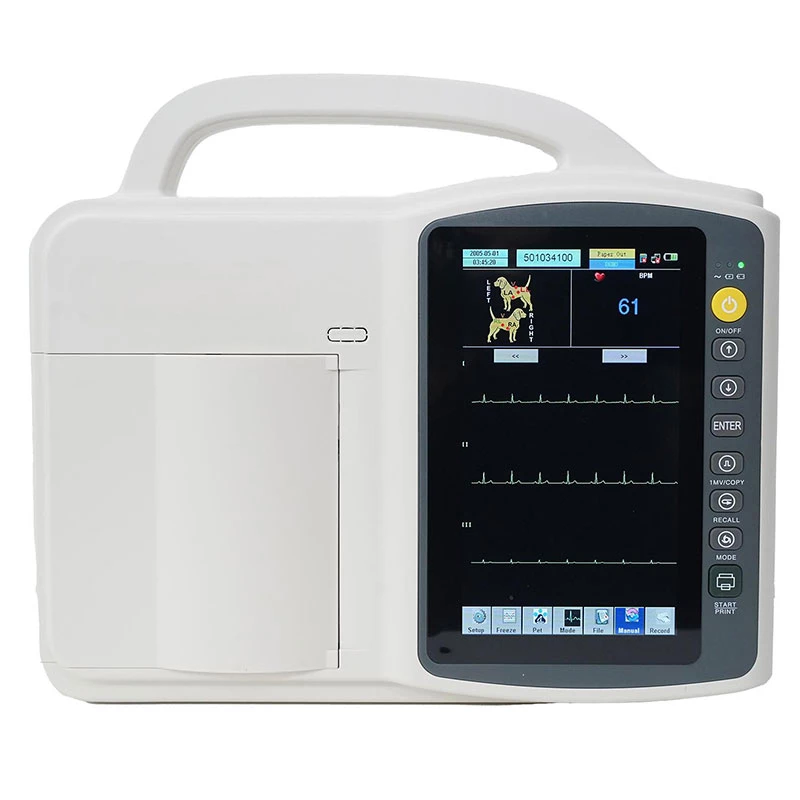
Precautions for Effective Use
Successful animal care ECG interpretation requires an understanding of species-specific variation. A heart rhythm that is abnormal in humans may be completely normal in some animals. Patient stress can also significantly affect results, so careful technique is required. To obtain accurate readings, technicians must minimize electrical interference from other equipment and ensure good electrode contact.
As veterinary cardiology continues to evolve, ECG technology remains an essential diagnostic tool. Its non-invasive nature and immediate results make it an essential component of comprehensive patient care, from routine wellness exams to emergency evaluations. With proper training and skilled operation, these machines can provide a valuable window into the heart health of animal patients.

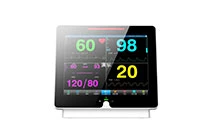

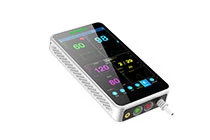
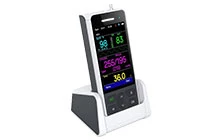
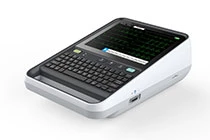
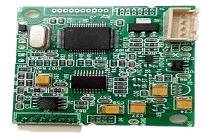




 Home
Home The Ultimate Guide to Handheld Pulse Oximeters: Benefits and How to Use Them
The Ultimate Guide to Handheld Pulse Oximeters: Benefits and How to Use Them  You May Also Like
You May Also Like

 Tel
Tel
 Email
Email
 Address
Address












